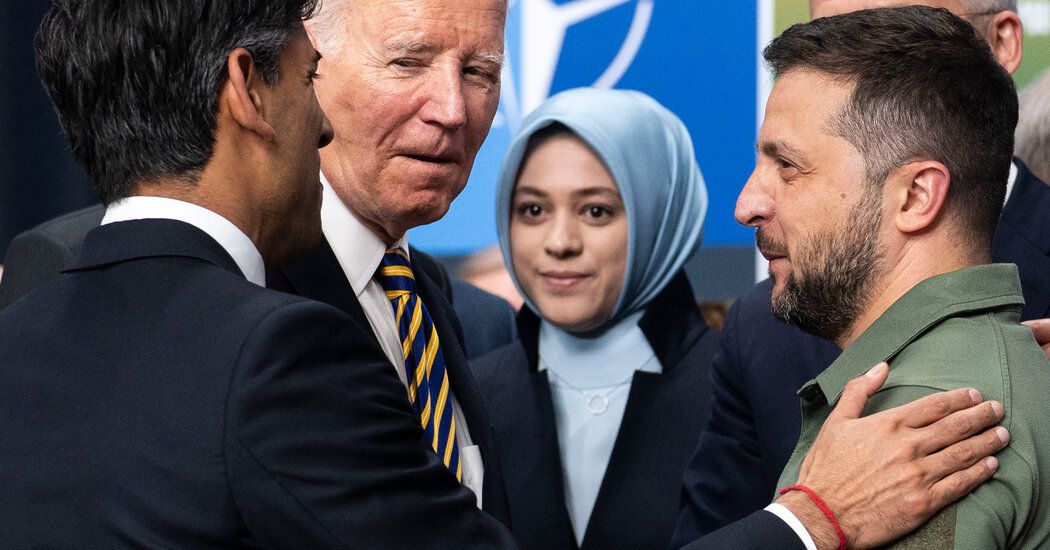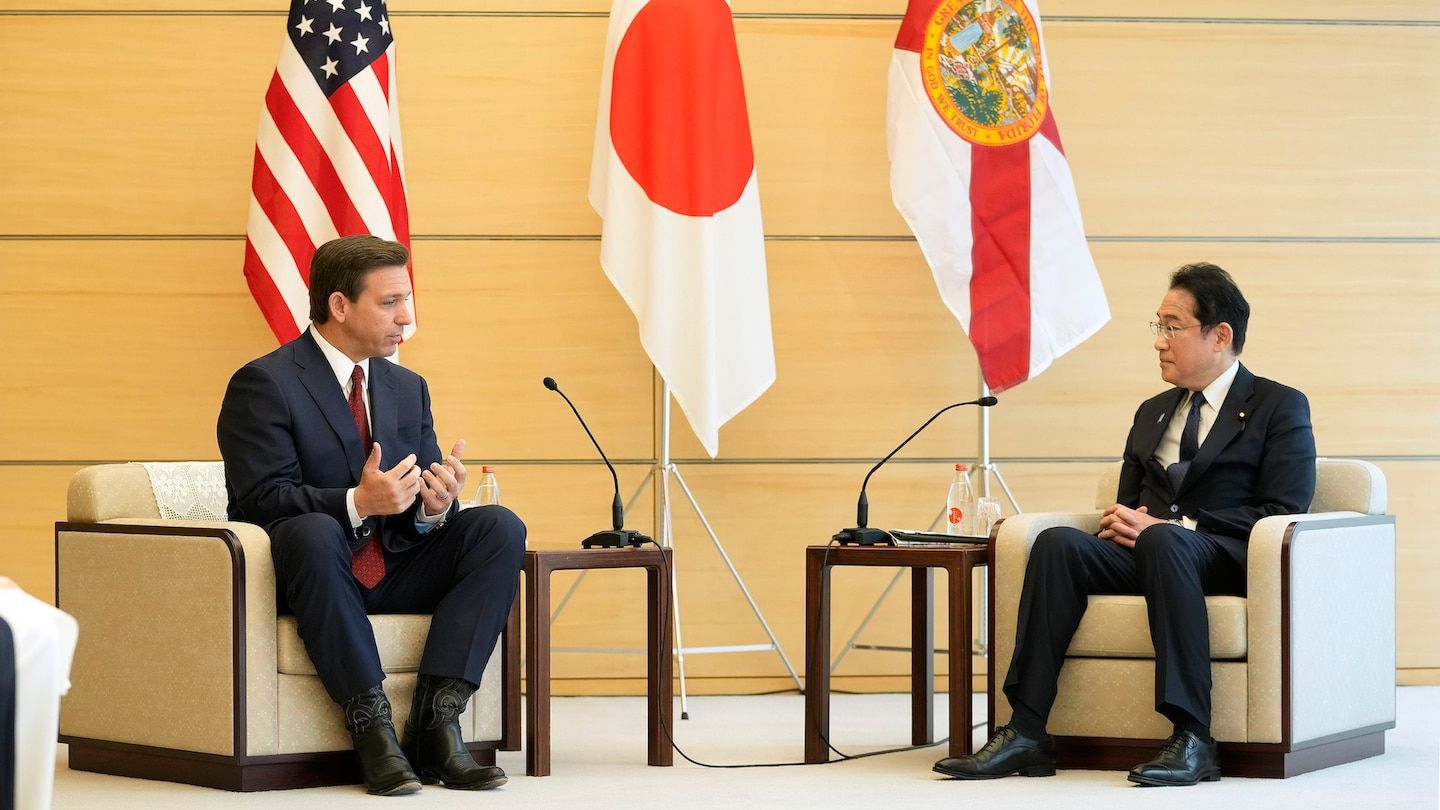Russia-Ukraine War Zelensky Praises NATO Before Meeting With Biden
Britain sent long-range “Storm Shadow” cruise missiles to Ukraine in May. And France pledged a shipment of the same missiles, which it calls SCALPs, as NATO leaders gathered in Lithuania on Tuesday.
But for now at least, the United States is still hesitant to send Ukraine any of its limited stock of long-range Army Tactical Missile Systems — known as ATACMS, or “attack ’ems” — even as the Biden administration acknowledges that Kyiv’s forces are running dangerously low on other munitions in its counteroffensive against Russia.
Ukraine has long coveted the ATACMS, which have a range of about 190 miles, or about 40 miles more than the missiles France and Britain are providing.
The Pentagon has maintained that Ukraine currently does not need ATACMS, which would be able to reach behind enemy lines, including in Russia and occupied Crimea.
But two American officials and one European official described a quiet debate within the Biden administration over whether to send even a few of the surface-to-surface guided missiles, which are being reserved for other security threats. The officials spoke on the condition on anonymity to discuss an internal administration debate.
Like the United States, France had previously ruled out providing Ukraine with longer-range missiles, over concerns they could be used to attack targets in Russia, escalating the conflict. But President Emmanuel Macron said he was sending the SCALP missiles now to help Ukraine defend itself.
“In light of the situation and the counteroffensive being conducted by Ukraine, I have decided to increase deliveries of weapons and equipment and to provide the Ukrainians with deep-strike capabilities,” Mr. Macron said upon arriving in Vilnius, the Lithuanian capital, on Tuesday for NATO’s annual summit.
The counteroffensive has been progressing slowly, as the Ukrainians are coming up against Russian forces that have had months to build defensive positions.
The United States has been moving past its reluctance to provide advanced weaponry to Ukraine, which was based in part on the administration’s fears of causing the conflict to intensify. The administration has reversed itself on several weapons systems, eventually agreeing to send Patriot air defenses, Abrams tanks and cluster munitions.
President Biden made the decision on the cluster munitions just last week. He defended his decision on Friday to provide the munitions, which are outlawed by many of America’s closest allies, saying that it was a difficult choice but that “the Ukrainians are running out of ammunition.”
Other military assistance pledged to Ukraine at the NATO meeting included 25 more Leopard tanks, 40 additional infantry fighting vehicles, and two more Patriot air defense missile launchers in a $770 million package from Germany, and $240 million from Norway for unspecified equipment and other support.
Additionally, the defense ministers from Denmark and the Netherlands announced they had gathered 11 countries to help begin training Ukrainian pilots on F-16 fighters jets and would create a school to do so in Romania.
The ATACMS are among the last major weapons systems that Kyiv wants and the United States is reluctant to give.
American defense officials have warned that their arsenal of ATACMS is relatively small, and the missiles have been committed for other Pentagon war plans, in places including the Korean Peninsula. Only about 4,000 ATACMS have been manufactured since the missile was developed in the 1980s, a Lockheed Martin spokeswoman said on Tuesday.
Giving them to Ukraine would risk readiness in the other hot spots.
Shortly after Ukraine launched its counteroffensive last month, House Republicans formally called on the Biden administration to “immediately” send ATACMS to Ukraine, noting that other allies have already donated their own long-range missiles.
France’s announcement on Tuesday could either fuel the pressure campaign or, conversely, ease it now that Ukraine is receiving long-range missiles from other countries.
“The military reason to do this is illustrated, to some extent, by what’s going on right now, with respect to the counteroffensive,” said Franklin D. Kramer, a former assistant secretary of defense for international affairs.
Ukraine’s defense minister, Oleksii Reznikov, told journalists on Tuesday that he was “absolutely sure everything that is impossible right now” will become possible.
He said he remained in contact with American officials over ATACMS, and with German officials, whom Kyiv is pressing for Taurus missiles, which have a range of about 310 miles.
Mr. Reznikov made clear that he would not stop asking for ATACMs or long-range missiles from any ally.
“We need more weaponry,” he said.
Eric Schmitt contributed reporting from Washington, Matthew Mpoke Bigg from London and Zolan Kanno-Youngs from Vilnius.
Source: The New York Times


